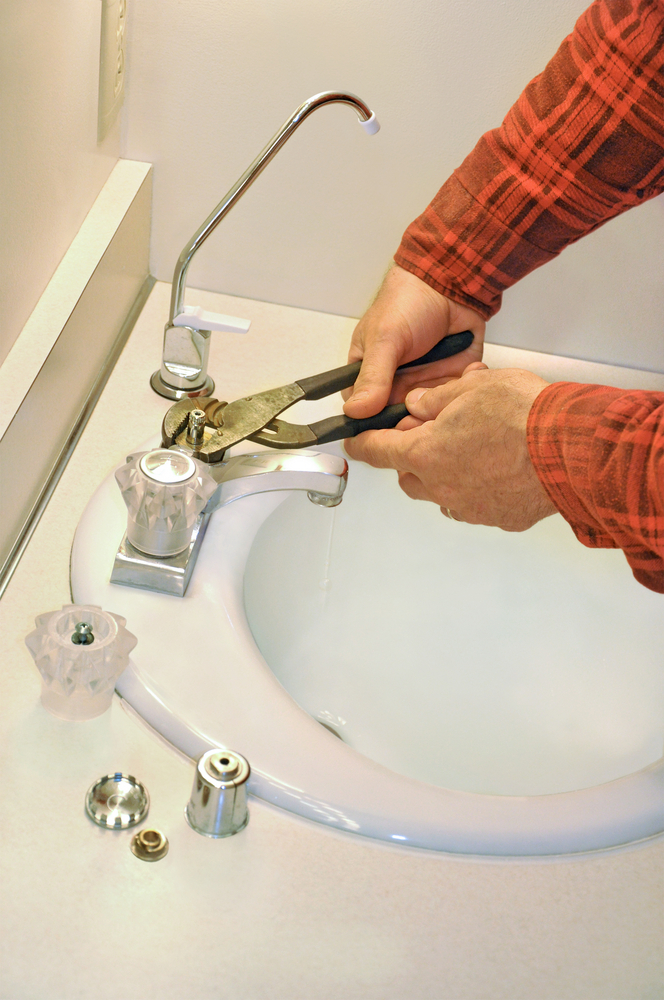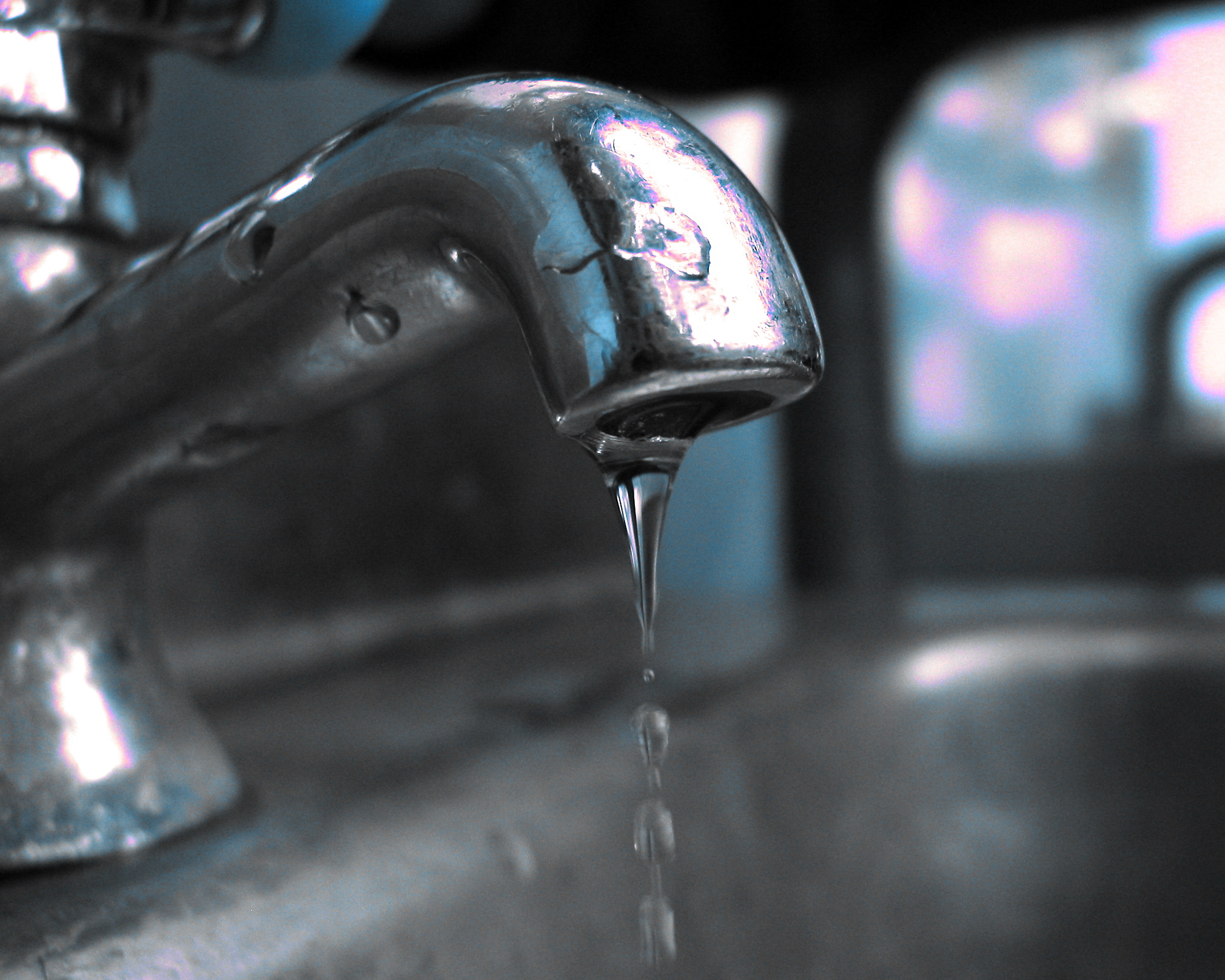Uncovering the Importance of Repairing a Dripping Faucet
Uncovering the Importance of Repairing a Dripping Faucet
Blog Article
Presented here in the next paragraphs you will discover some professional details in relation to Should I Repair or Replace a Leaky Faucet?.

Leaking taps might look like a minor aggravation, but their effect surpasses just the nuisance of the noise. From drainage to incurring unnecessary monetary expenses and health threats, overlooking a leaking faucet can result in different repercussions. In this post, we'll look into why it's important to resolve this typical family problem promptly and successfully.
Wastefulness of Water
Environmental Impact
Trickling faucets contribute substantially to water wastefulness. According to the Epa (EPA), a solitary tap dripping at one drip per second can lose more than 3,000 gallons of water annually. This not only stress water sources yet also impacts environments and wildlife dependent on them.
Step-by-Step Guide to Dealing With a Dripping Tap
Devices Required
Before attempting to take care of a trickling tap, gather the essential devices, including a flexible wrench, screwdrivers, replacement components (such as washing machines or cartridges), and plumber's tape.
Typical Tap Issues and Their Solutions
Identify the kind of tap and the details issue creating the drip. Usual problems include damaged washing machines, corroded valve seats, or malfunctioning O-rings. Describe manufacturer instructions or on the internet tutorials for detailed advice on repair work.
Financial Expenses
Boosted Water Expenses
Past the ecological influence, trickling taps can blow up water costs considerably. The gathered wastefulness with time converts right into higher energy costs, which might have been avoided with prompt fixings.
Possible Residential Or Commercial Property Damages
Additionally, extended dripping can bring about harm to fixtures and surface areas surrounding the faucet. Water accumulation can create staining, deterioration, and even architectural problems if left neglected, leading to additional repair service costs.
Health and wellness Concerns
Mold And Mildew and Mold Growth
The consistent presence of dampness from a dripping tap develops an optimal setting for mold and mildew development. These fungis not just compromise indoor air high quality yet also position wellness threats, particularly for individuals with breathing problems or allergic reactions.
Waterborne Conditions
Stationary water in trickling taps can come to be a breeding place for microorganisms and other microorganisms, enhancing the danger of waterborne illness. Contaminants such as Legionella bacteria thrive in stationary water, possibly causing severe health problems when ingested or breathed in.
DIY vs. Specialist Repair
Advantages and disadvantages of DIY Repair Work
While some may attempt to fix a leaking tap themselves, DIY repairs feature their very own set of difficulties. Without correct knowledge and devices, do it yourself attempts can intensify the issue or bring about insufficient repair services, lengthening the problem.
Advantages of Working With an Expert Plumber
Employing a specialist plumber guarantees that the underlying source of the dripping faucet is resolved effectively. Plumbing technicians have the expertise and equipment to diagnose and repair faucet issues effectively, conserving time and minimizing the threat of more damage.
Environmental Obligation
Private Contribution to Conservation
Taking responsibility for dealing with trickling taps lines up with more comprehensive initiatives toward water preservation and ecological sustainability. Every individual's activities collectively make a significant influence on preserving precious resources.
Sustainable Living Practices
By focusing on timely fixings and embracing water-saving practices, people add to sustainable living practices that benefit both present and future generations.
Safety nets
Normal Maintenance Tips
To avoid trickling taps, perform regular maintenance such as cleaning up aerators, inspecting for leakages, and changing damaged components without delay. In addition, take into consideration setting up water-saving tools or updating to more effective fixtures.
Relevance of Prompt Services
Attending to leaking taps as soon as they're observed protects against further water waste and prospective damage, ultimately saving both water and cash in the future.
Influence On Home Worth
Perception of Well-Maintained Residential Or Commercial Property
Maintaining a home in good condition, including addressing maintenance problems like trickling faucets, boosts its perceived value and charm amongst potential purchasers or renters.
Impact on Resale Value
Qualities with properly maintained plumbing fixtures, including faucets, command higher resale values in the real estate market. Resolving leaking taps can contribute to a positive perception during residential property inspections and settlements.
Conclusion
Resolving a leaking tap goes beyond simple ease; it's an essential action towards preserving water, lowering financial costs, and securing health and residential property. Whether with do it yourself fixings or specialist help, doing something about it to fix leaking taps is a little yet impactful method to promote accountable stewardship of sources and add to a healthier, more sustainable future.
How to Fix a Leaky Faucet: Step-by-Step Repair Guide
A leaky faucet may seem like a simple annoyance, but if it's not fixed promptly, that leak could cost hundreds to potentially thousands. From water damage to mold, mildew, and high water bills, even a tiny leak can be catastrophic if left unattended. Damage like this can even affect the overall value of your home, so it's important to take the right approach for leaky faucet repair. You may need the help of a plumber in some cases, but we've got a few tips you can try on how to fix a leaky faucet before calling the pros.
Four Faucet Types
When you're learning how to fix a leaky faucet, the first step is knowing what kind of faucet you're working with! There are four common types.
Cartridge Faucets
Cartridge faucets come in one- or two-handled varieties. In one-handled cartridge faucets, hot and cold water combines in a single cartridge. In the two-handled versions, hot and cold water are controlled separately and mixed in the faucet.
Ball Faucets
Ball faucets have a single lever you push up and down to adjust the pressure and rotate to change the temperature. A slotted metal ball controls the amount of water allowed into the spout.
Compression Washer Faucets
They're the oldest type of faucet, but they're still used in many homes — especially older ones. Compression faucets have two separate handles that, when turned, raise or lower the washer that seals a water valve. This valve stops water from flowing through the faucet when it is turned off.
Disc Faucets
Disc faucets rarely need to be repaired due to their maintenance-free design. The water flow is controlled by two discs — the upper one raises and lowers against a fixed lower disc, creating a watertight seal. If your disc faucet starts leaking, you may need to replace the seals or clean residue buildup from the inlets.
Fixing a Leaky Faucet
Step 1: Turn Off the Water
Whether you're learning how to fix a leaky bathtub faucet or how to fix a leaky kitchen faucet, always turn off the water supply to your working area when you're fixing a leak. The last thing you want is a flood added to your list of things to fix.
Look for the shutoff valves below your sink or around the tub and turn them clockwise to stop the water flow. If your faucet doesn't have shutoff valves, you may need to turn off the water for the whole house. Check to make sure it's off by turning the faucet on. If nothing comes out, you're ready to start the repair.
Step 2: Take Apart the Faucet
How you disassemble your faucet depends on the type of fixture you have. You can use a flathead screwdriver to remove the caps on top of the handle or handles for cartridge and compression faucets. Inside, you should see handle screws. Unscrew these with a screwdriver to remove the handle.
Disc- and ball-style faucets will typically have an inlet screw near the handle, and removing that will reveal the interior of the faucet.
Detach the Valve Stem
For cartridge- and compression-style faucets, you'll see the inner valve stem or cartridge once you remove the faucet handles. If you have a compression faucet, unscrew the brass valve stem. If you have a cartridge faucet, pull out the cartridge. If your cartridge has been in place for a while, it may require some tools or extra force to remove it due to mineral deposits.
Examine and Replace Parts
Once you've removed the parts, check them out to confirm what needs to be replaced. You may see corroded rubber washers, O-rings, stems, or cartridges. On a ball-style faucet, check the seats and springs for damage.
If you need to repair a leaky disc faucet, check the inlet and seals on the lower disc.
Once you determine what parts must be replaced, visit your local hardware store. Bring the damaged parts with you to ensure you can purchase the correct components to replace them.
Clean Valves and Faucet Cavity
If you've removed a stem or cartridge, you may notice mineral buildup in the faucet's threads. Use white vinegar to clean the valve seat by soaking it for a few minutes, then scrub it away with a soft toothbrush and rinse with warm water. You can also clean the interior of the faucet in the same way.
Reassemble the Faucet
Once your faucet is cleaned and the required parts have been replaced, it's time to reassemble it. Put the pieces back together and slowly turn the water supply back on. Doing this slowly is crucial because too much initial water pressure can damage the new hardware you've just installed.
https://homewarranty.firstam.com/blog/how-to-fix-leaky-faucet

I hope you liked our post on Why It's Important to Fix Leaky Faucets. Thanks for taking time to browse our content. Sharing is nice. Helping others is fun. I recognize the value of your readership.
Report this page